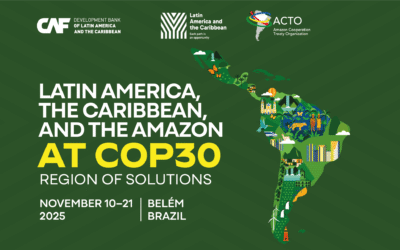The SIR is a tool that allows to validate, standardize and update information from its origin; and includes the registration of enabling titles (concessions, authorizations, permits), confiscated specimens, wildlife transport guides, hunting license and authorization, forest use management plans, national registry of offenders, transfer contracts in use and exchange of use.
Thus, ACTO, through Component 1 of the Bioamazon Project – National and Regional Information and Knowledge Management Systems -, supported the quality assurance and control process for the early identification of defects and improvements of the SIR before its implementation and the identification, analysis, design and documentation of the processes for registering forest and wildlife information such as hunting licenses, foreign trade and offenders.
This has made it possible to reduce risks when implementing the application in the regions, avoiding inconveniences for the end user, as well as reducing costs in the implementation stage. Likewise, it has been possible to identify the shortcomings of the current processes, needs and critical points and simplification of the records of forest and wildlife information, improvements and new controls for the System of Information and Registry (SIR). This will facilitate the implementation of technological solutions to strengthen SERFOR in its mission of sustainability and conservation of Wild Flora and Fauna in Peru, especially of species included in CITES and those in a category of threatened.
It should be remembered that the SIR will provide information to the Statistical Component of the National Forest and Wildlife Information System (SNIFFS), which provides forest and wildlife statistical information that includes CITES and those of threatened species, based on the collection, systematization and the analysis of the data from the information records of the regional forest and wildlife authorities (ATFFS and GORE).
This information allows timely decision-making in forest and wildlife management, at the level of SERFOR as the National Forest and Wildlife Authority, as well as regional forest and wildlife authorities (ARFFS), local governments (provincial and districts), public and private institutions, civil society organizations, academia and in general, people linked to forestry, wildlife and related activities (production, promotion, research, etc.).
To access the SNIFFS Statistical Component, enter: http://sniffs.serfor.gob.pe/estadistica/es











